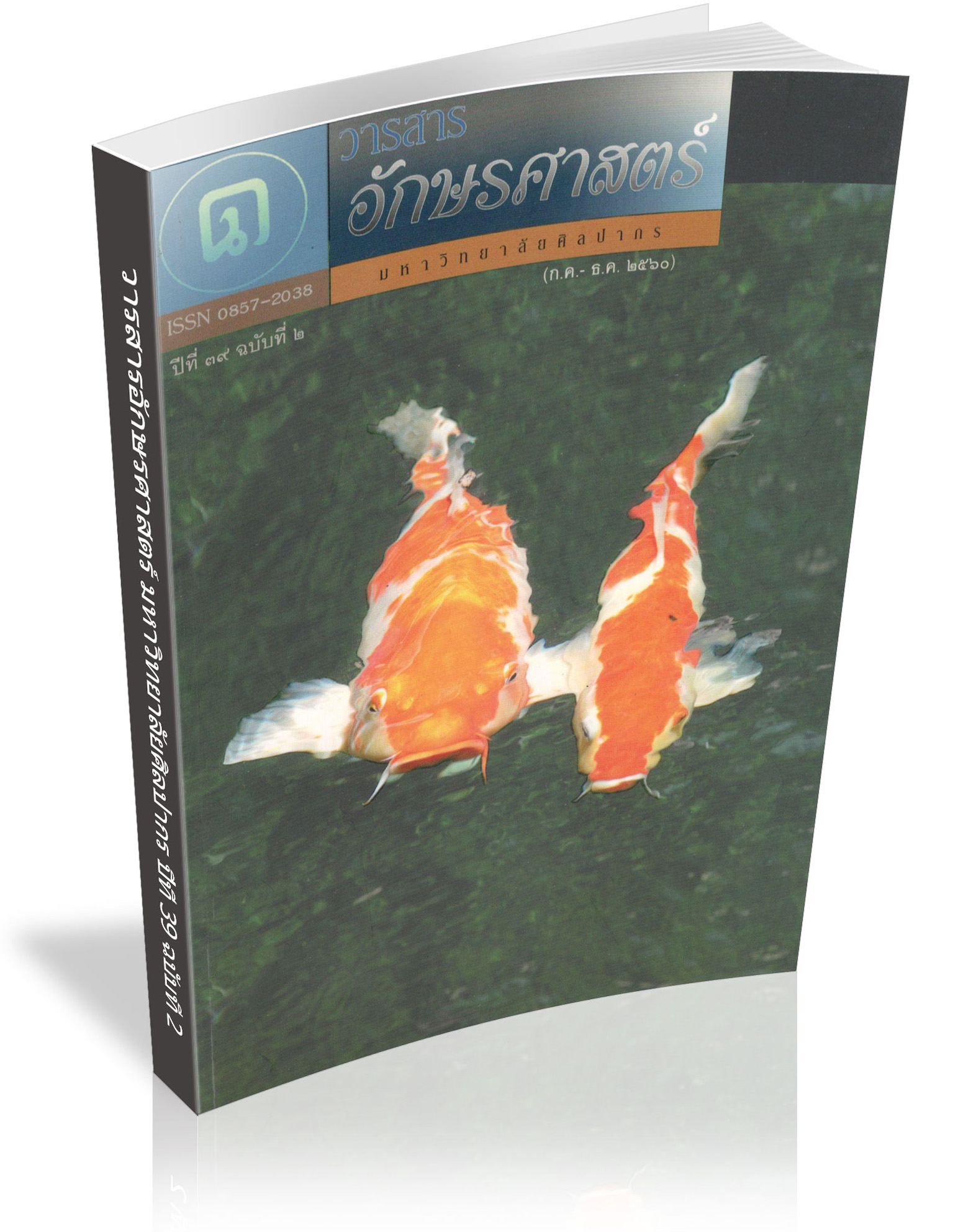Aesthetical Influence of Cubism on Postmodern Art
Keywords:
Cubism, Aesthetic, Postmodern ArtAbstract
Cubism is the most significant art movement in the 20th century, which resulted in two major characteristics : Geometrical abstraction and Art anti Art. The "Art anti Art" is one of the most important revolution in the western-aesthetics principle which influences Postmodern Art.
This study shows the aesthetical development of Cubism from the synthetis of Symbolism concept with the concept of emotional inhabitation and intellectual contemplation. In the 20th century, new ideas and aesthetical principles emerged together in various styles, techniques, and medias incessantly invented and developed. Artistically self critic on collages and signs is the starting point of its concept that emphasizes the importance of a conceptional process instead of an idealistic goal. The Aesthetical paradox, invention, appropriation, and point of view in alternative streams and ordinary this are the characteristics of postmodern Art that expanded from the Aesthetical influence of Cubism through to Dadaism and Surrealism.
Downloads
Downloads
Published
How to Cite
Issue
Section
License
ผู้เขียนบทความต้องยินยอมในข้อกำหนดต่าง ๆ ของวารสารก่อนส่งบทความตีพิมพ์




